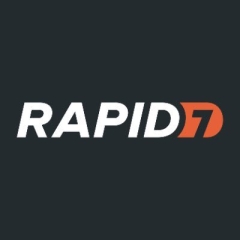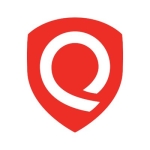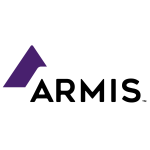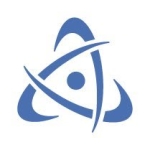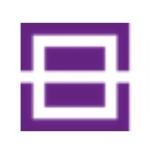There are so many cases for InsightVM. It's used for customers that need the ICS compiler or if they need users to work from home right now. It allows them to manage assets from anywhere.
Using active scan is good.
If you have a history with the solution, the initial setup is easy.
The solution is stable and reliable.
It's very scalable.
The agent must be covered if the customer wants to do a combined thing. InsightVM cannot do that if they are using an agent. We'd like the agent to cover more compliance issues.
I've been using the solution for three or four years.
The product is stable. There aren't bugs or glitches. It doesn't crash or freeze. It's reliable and the performance is good.
If you want to scan more than 1,000 assets, then we need to show the requirement first. It will use the server with maximum CPU, and maximum RAM. The scalability is quite higher than on the previous one we used. It keeps getting better.
Typically, the initial setup is easy. If a user has the experience, it is straightforward. However, if we work together with an organization that has never used it before, there's more configuration that needs to be done.
We're working with the latest version of the solution, however, I cannot recall the exact version number.
While our clients are using a hybrid cloud, the customers still need to install on-premise. Your console right now is like a dashboard; it's moved to the cloud.
I'd advise users to try the solution. If they are using InsightVM they will be able to quickly understand what the vulnerabilities are on their assets.
I'd rate the solution eight out of ten.

